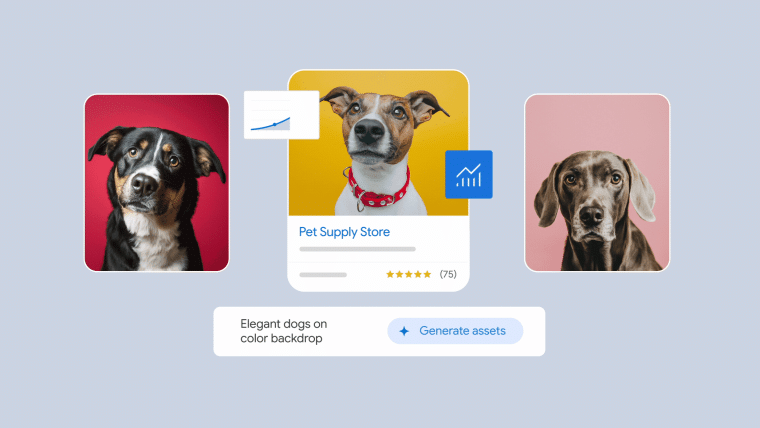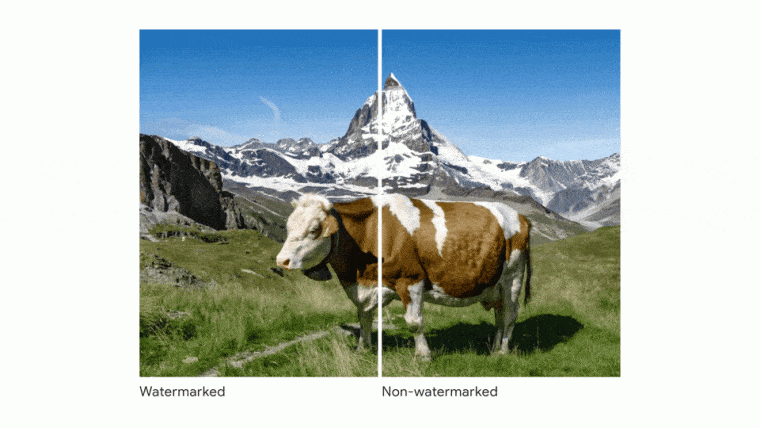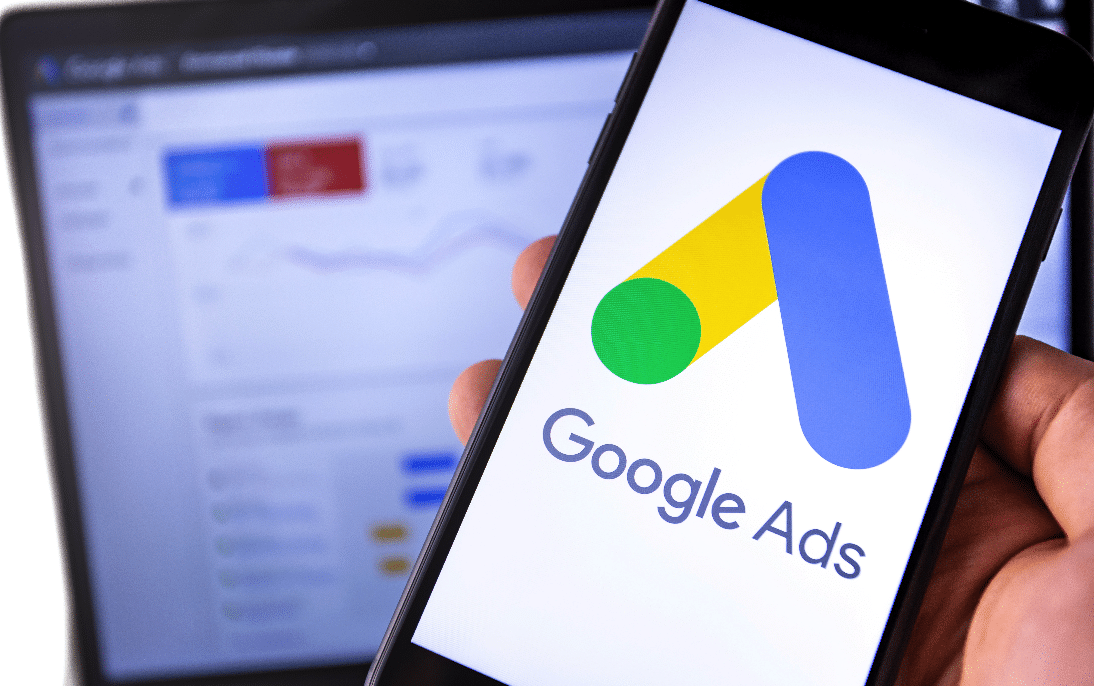Google has just announced that it has integrated a new set of multimodal large language models (LLMs), known as Gemini, into its Google Ads platform, potentially marking a monumental shift in advertising. This integration is designed to improve the user experience and make it easier for advertisers to quickly set up and grow their Search ad campaigns.
The company has officially opened beta access to this exciting new Gemini-powered feature for English-speaking advertisers in the US and UK. A worldwide expansion to include all English-speaking advertisers is expected to start soon. Google also plans to make this feature available in additional languages in the near future and is looking forward to receiving user feedback on this update.
How is Gemini being Integrated into Google Ads?
The integration of Gemini into Google Ads marks a new era where AI plays a key role in advertising. Google had previously hinted at the potential of AI to improve ad campaigns. Now, with Gemini, this potential is coming to life.
The main feature of this integration is called the ‘conversational experience’. This feature is unique because it combines the skills of advertisers with Google’s AI technology. It starts with the advertiser’s website address. Using this, Google’s AI helps to create better Search campaigns by coming up with appropriate ad content, including creative elements and keywords. Then, you can edit any suggestions and chat your way into better performance, almost like you hired a new extremely knowledgeable marketer for free.
An exciting part of this integration is how Gemini helps with the visual aspects of online advertising. As digital ads rely more on visuals, making eye-catching images has become more complex.

To solve this, the conversational experience in Google Ads will soon offer suggestions for images that are specific to each campaign. This will be done using AI that can analyze and incorporate visuals from the advertiser’s own webpage, creating a smooth and relevant visual flow for each ad campaign. This feature will be added in the coming months, and advertisers have the final say on assets, including images, before campaigns go live.
It’s relevant to note that all images created using generative AI, including those in the conversational experience, will be clearly identified. This will be done using a technology called SynthID, which will place an imperceptible watermark on these images. Additionally, standard metadata, a kind of digital label, will be used to show that the content was generated by AI. This ensures transparency about which images are AI-created.

Advantages of using Gemini in Google Ads
Google ran tests with select advertisers to show that using the conversational experience in Google Ads greatly improves Search campaigns and makes them easier to manage. The success of this method is measured by the Ad Strength metric, which checks how relevant, high-quality, and varied the ad content is, with ratings from “Poor” to “Excellent.”
Reports indicate that small business advertisers using the conversational experience are 42% more likely to get a “Good” or “Excellent” Ad Strength score. This is important because a better Ad Strength score usually leads to more people responding to the ads. For instance, improving the Ad Strength score of responsive search ads from “Poor” to “Excellent” might result in an average increase of 12% in conversions.
What is Gemini Exactly?
In December, Google introduced Gemini, a groundbreaking language model that is already revolutionizing AI. Gemini stands out with its impressive performance on academic tests, showing great promise in enhancing Google’s diverse products.
What makes Gemini special is its availability in three distinct versions: Ultra, Pro, and Nano. Each version is designed to suit different types of hardware. The Ultra version is the most powerful, suitable for complex tasks. The Nano version is built for efficiency, perfect for use in smartphones and smaller devices. The Pro version strikes a balance between power and resource usage, making it versatile for various applications.
During its testing phase, Gemini 1.0 achieved top-notch results, excelling in 30 out of 32 major academic benchmarks. This highlights its wide-ranging abilities in understanding language, solving math problems, and recognizing visual elements.
A standout achievement of Gemini Ultra was its performance in the MMLU test, which tests understanding across multiple topics. Scoring 59.4% in 57 different subjects, Gemini Ultra displayed an exceptional level of comprehensive understanding, similar to human intellect in various fields.
